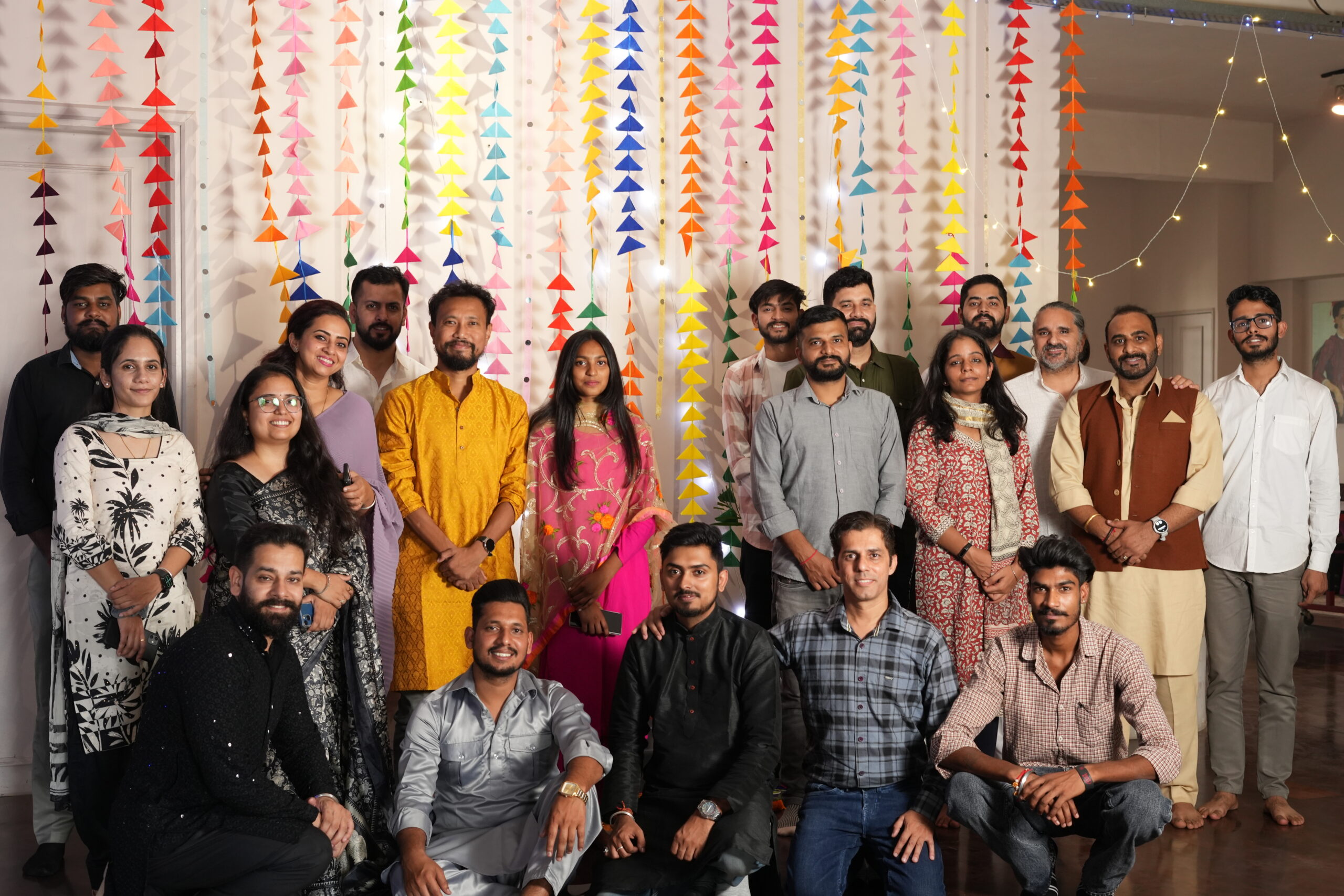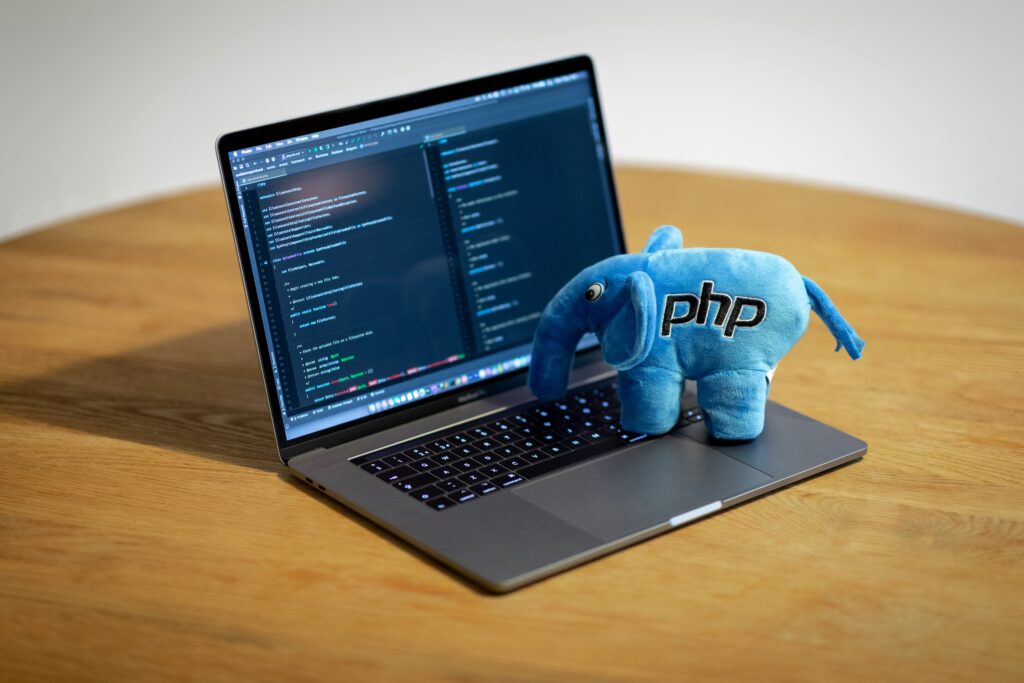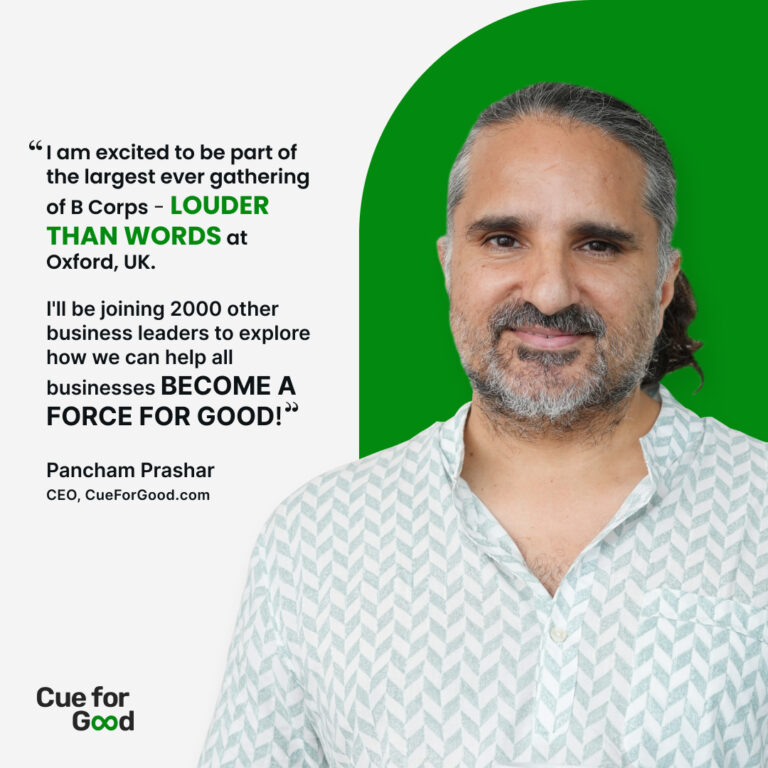
noFollow, Paid Links, Google and Jennifer
by CueBlocksJennifer’s posts on “paid links and ads” are very interesting.
Part 1 talks about “nofollow” tag and its origin while the Part 2 talks about Google’s new policies of using it.
In my post earlier about Google banning paid links in July, I’d shared similar thoughts on paid links.
I agree that humans should be informed if the product review is paid or not, if the promotion of the third party is being done because you’ve been paid to do it or because you really are recommending it.
But I do feel Google’s going a little overboard with this. Below is what I copied into Jennifer’s comment box as well:
Webmasters have been buying and selling links before Google was even born. It was the very exchange of links ( I’m surprised it was assumed all links were “unpaid for” links when PageRank was invented), including the buying and selling of links that resulted in an algo that is treating links as a voting mechanism. After Google, reciprocal linking became even more aggressive because webmasters realized how important these links were to Google. Soon, reciprocal linking changed to paid links and three-way linking, all methods of link bargaining for webmasters targeting Google rankings. And it worked. I’m sure it still works and thats why now Google wants paid links to be punished – but how exactly will this stop webmasters from running after the rankings. And really, its about rankings, not PR. There are many websites out there with excellent PageRank and no rankings.
There are rarely such cases who only buy links for PR – everyone wants traffic – the whole objective of wanting to rank on Google is to get traffic. Then when a website is getting traffic from another source, why will it not want to? If a PR 6 website is giving a text link for $50 on its homepage, and has some xxxxxx v/m, why should that website not charge. A usability study shows that a text link gets more the click-throughs than an image ad. Then why should ads be just converted to images?
Those who really do it only for PR and not traffic, will figure out a way to beat this too. Many of the genuine cases will suffer (ok, I posted “only genuine cases will suffer” in the comment – but sense has prevailed :)).
- About the Author
- Latest Posts
-
Jiva’s Organic Traffic Growth: 354% Surge in 6 Months | CueForGood
by Nida DanishSummary: Jiva’s efforts to empower smallholder farmers weren’t gaining the digital traction they deserved. With a strategic overhaul led by …
Continue reading “Jiva’s Organic Traffic Growth: 354% Surge in 6 Months | CueForGood”
-
What We Learned When We Switched From Disposable Tissues to Reusable Napkins
by Nida DanishAt CueForGood (CFG), we’ve embraced a refreshing change: reusable cloth napkins. While the switch may seem minor, it’s rooted in …
Continue reading “What We Learned When We Switched From Disposable Tissues to Reusable Napkins”
-
Of Light, Laughter & Transformation: Diwali 2024 at Cue For Good
by Nida Danish
On any given day, walking into the Cue For Good office feels like stepping into a space with heart. It’s …
Continue reading “Of Light, Laughter & Transformation: Diwali 2024 at Cue For Good”
-
Why PHP Still Matters in 2024: A Look at Its Continued Relevance
by Girish TiwariAt its peak in the early 2010s, PHP powered the majority of websites globally, including major platforms like Facebook and …
Continue reading “Why PHP Still Matters in 2024: A Look at Its Continued Relevance”
-
How Meta’s New Holiday Ad Features Can Transform Your Business This Season
by Charanjeev SinghThis year, Tapcart’s 2024 BFCM Consumer Trends Report suggests that nearly 60% of shoppers kick off their holiday shopping in …
Continue reading “How Meta’s New Holiday Ad Features Can Transform Your Business This Season”
-
Cue For Good’s Journey at the B Corp Festival 2024: Exploring Louder Than Words
by Pancham PrasharOn September 10th and 11th, 2024, I had the incredible experience at the “Louder Than Words” B Corp Festival, held …
Continue reading “Cue For Good’s Journey at the B Corp Festival 2024: Exploring Louder Than Words”







